| Structure | Name/CAS No. | Articles |
|---|---|---|
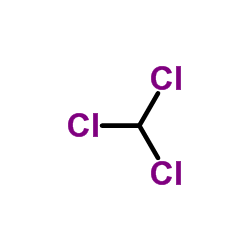 |
Chloroform
CAS:67-66-3 |
|
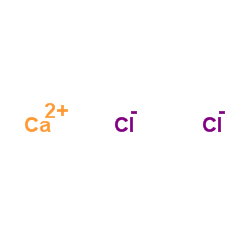 |
Calcium chloride
CAS:10043-52-4 |
|
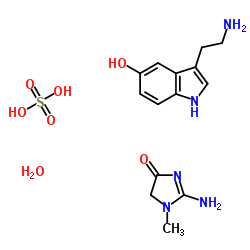 |
SEROTONIN CREATININE SULFATE MONOHYDRATE
CAS:61-47-2 |
|
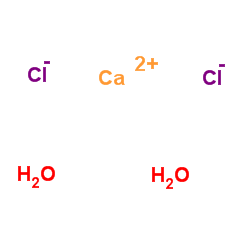 |
calcium chloride dihydrate
CAS:10035-04-8 |
|
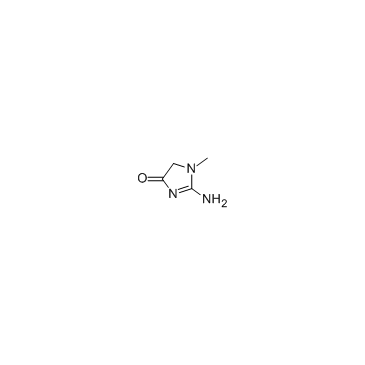 |
Creatinine
CAS:60-27-5 |
|
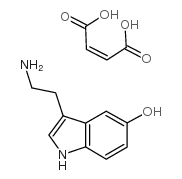 |
Serotonin hydrogen maleate
CAS:18525-25-2 |
|
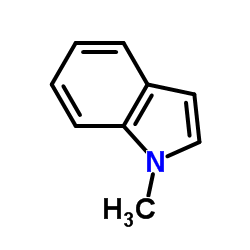 |
1-Methylindole
CAS:603-76-9 |